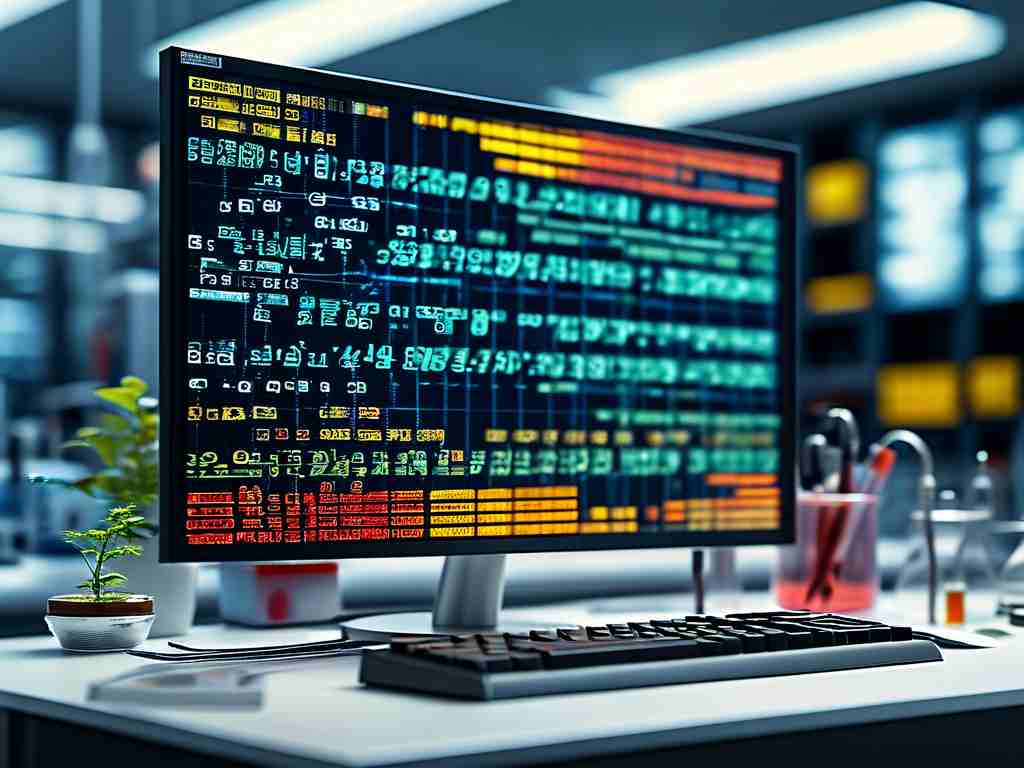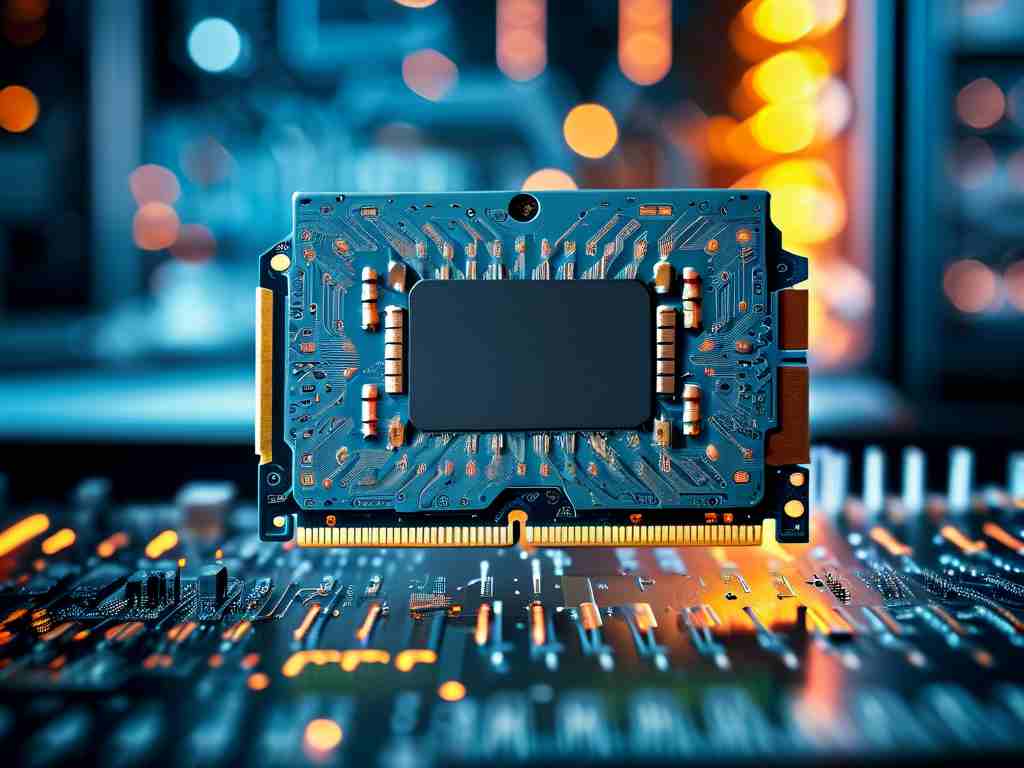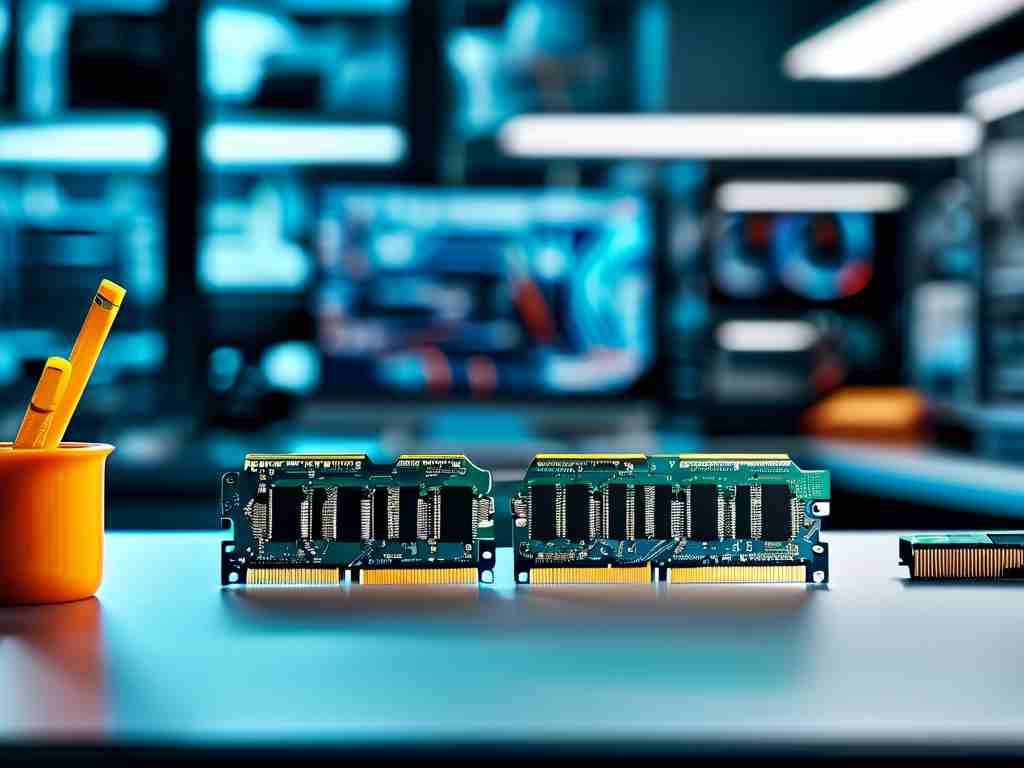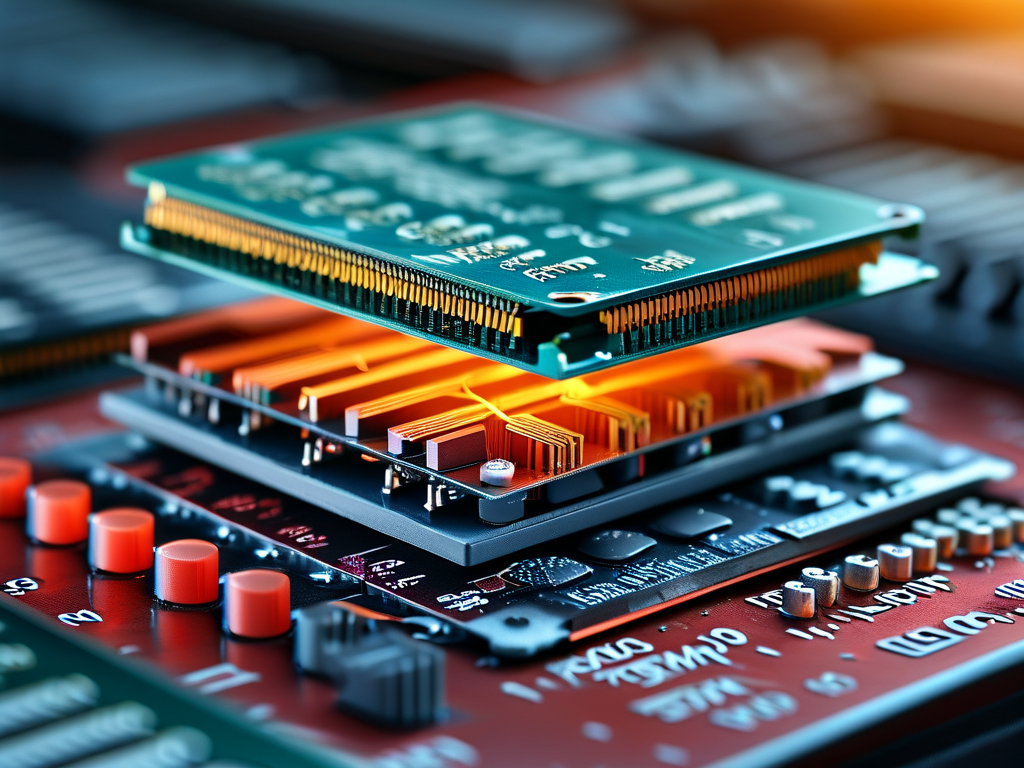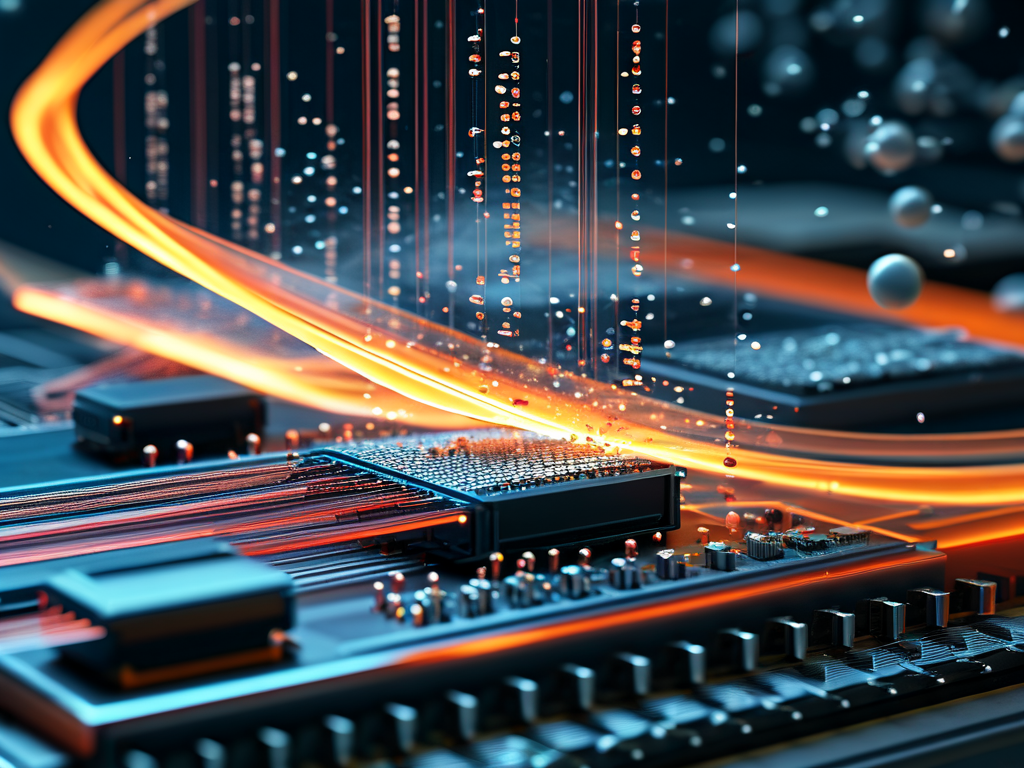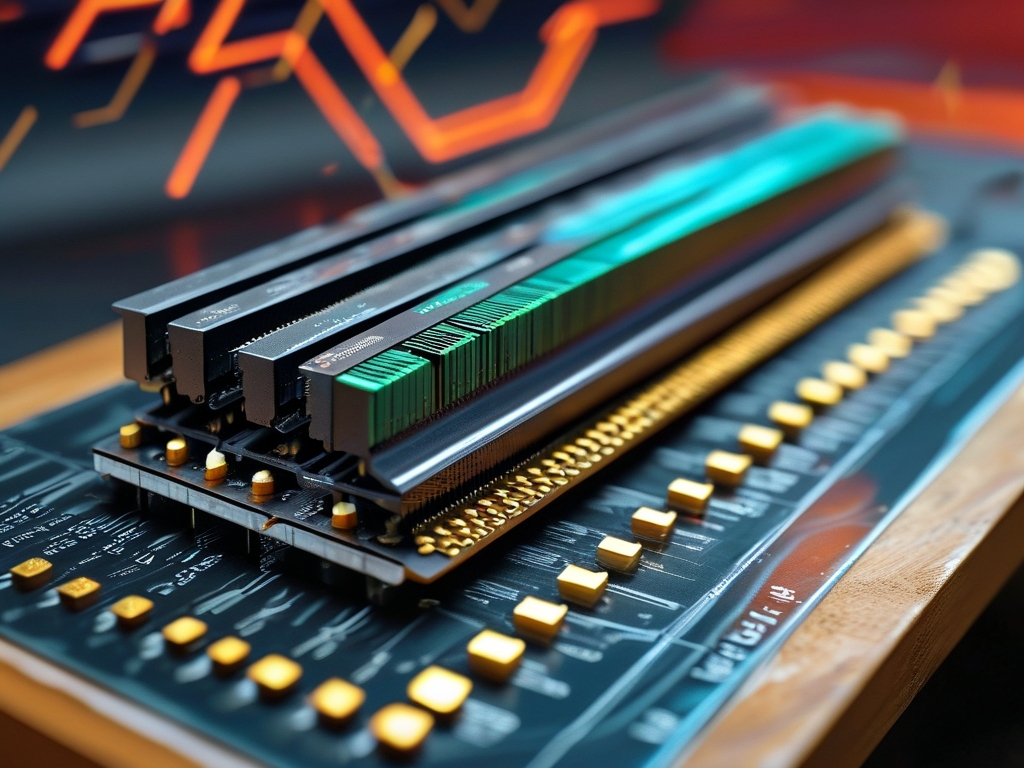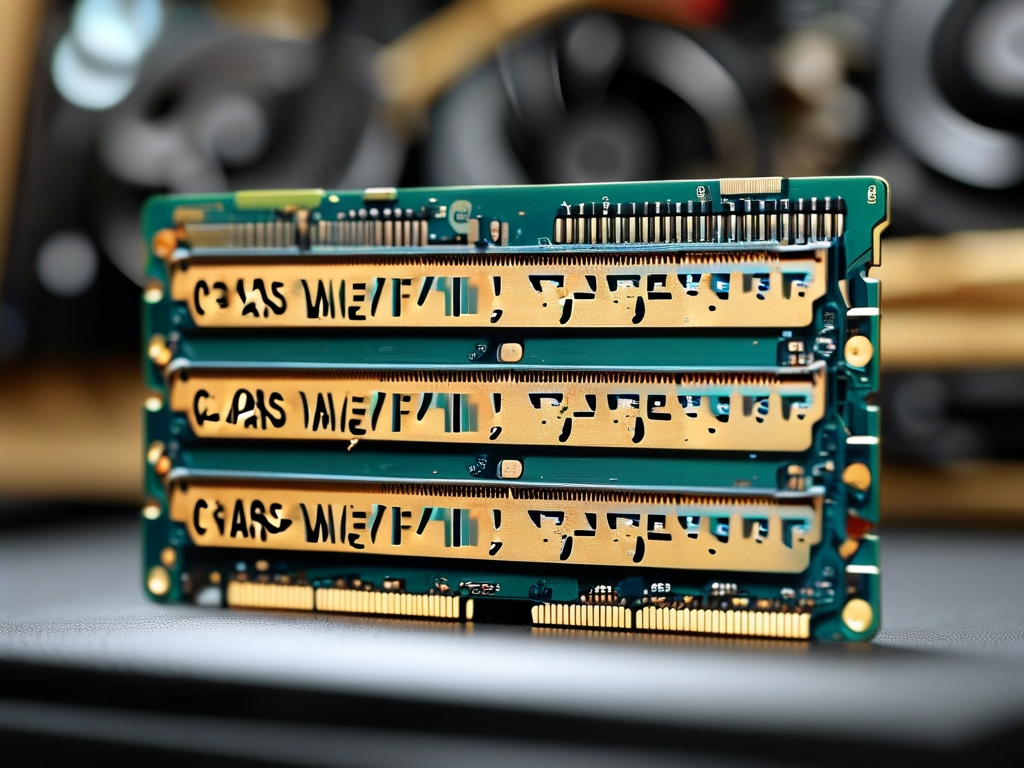Memory latency remains a critical performance factor in modern computing systems, yet its calculation methods often confuse both enthusiasts and professionals. This article explores the technical foundations of RAM latency measurement while providing practical calculation approaches.
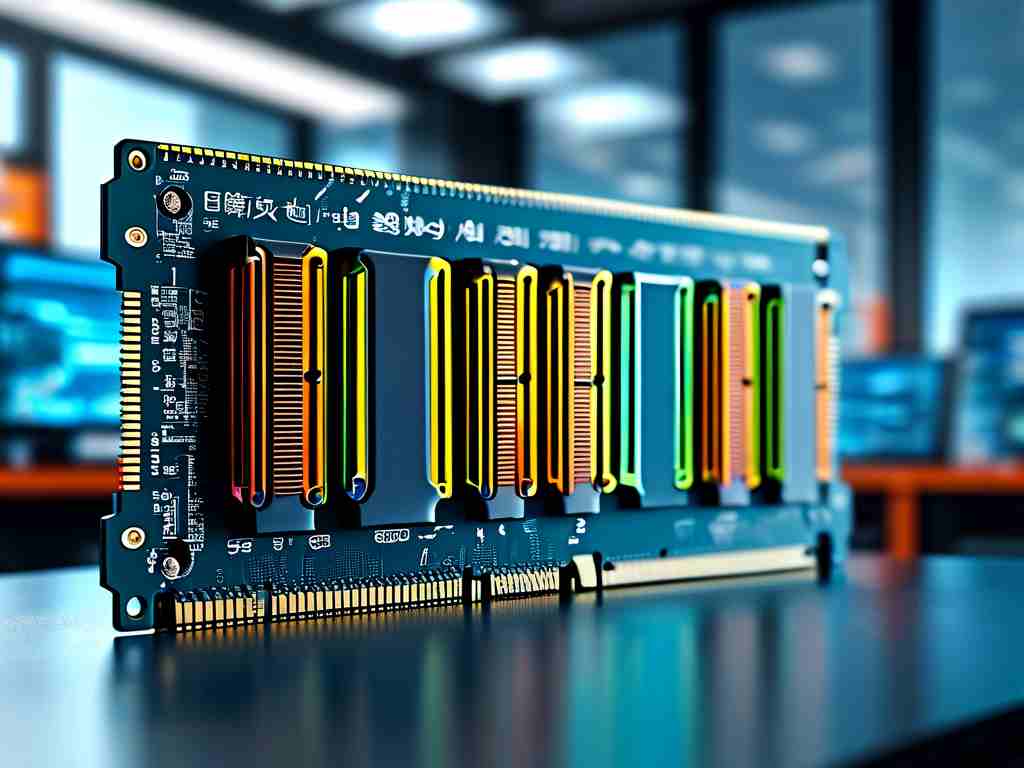
At its core, memory latency represents the delay between a memory controller's request and data delivery from RAM modules. Unlike bandwidth measurements that focus on data transfer rates, latency determines how quickly memory can respond to initial access commands. The industry-standard unit for measuring this delay is nanoseconds (ns), though manufacturers typically advertise latency through CL (CAS Latency) values in product specifications.
The fundamental formula for calculating actual latency combines two essential parameters:
def calculate_latency(CL, clock_cycle_time):
return CL * clock_cycle_time * 2000
This equation reveals that true latency depends on both the CAS Latency value and the memory's clock speed. For example, a DDR4-3200 module with CL16 exhibits different latency characteristics than a DDR4-2400 module with CL12. The multiplication factor 2000 converts clock cycles to nanoseconds, accounting for double data rate (DDR) technology's effective speed.
Three primary timing parameters influence memory performance:
- CAS Latency (CL): Delay between column address activation and data availability
- tRCD (Row Address to Column Address Delay): Time needed to open a row
- tRP (Row Precharge Time): Delay required to close an active row
Advanced users often examine the complete timing sequence (CL-tRCD-tRP-tRAS) when optimizing systems. The tRAS parameter (Row Active Time) specifies how long a row must remain open for proper data access, completing the quartet of critical timing controls.
Modern DDR5 memory introduces additional complexity with on-die ECC and independent sub-channel timing. These innovations require revised calculation approaches that factor in error correction cycles and parallelized data paths. Hardware testers now employ specialized equipment like oscilloscopes with memory protocol analyzers to verify real-world latency under varying workloads.
Several factors can alter observed latency values:
- Temperature fluctuations affecting electrical signal propagation
- Motherboard trace quality and topology
- Firmware optimizations in memory controllers
- Operating system memory management strategies
Benchmarking tools like AIDA64 and SiSoftware Sandra provide practical latency measurement capabilities. When using these utilities, professionals recommend:
- Closing background applications
- Disabling CPU power-saving features
- Maintaining stable cooling solutions
- Performing multiple test iterations
Emerging technologies aim to reduce latency through architectural improvements. 3D-stacked memory designs like HBM (High Bandwidth Memory) minimize physical distances between layers, while photonic memory interfaces promise near-instantaneous data transfer through light-based signaling.
For system builders seeking optimal performance, balancing latency and bandwidth requires careful consideration. High-frequency memory with relaxed timings might outperform lower-speed modules with tighter timings depending on workload characteristics. Content creation applications often benefit from reduced latency, while scientific computing tasks may prioritize raw bandwidth.
The industry continues developing new standards to address latency challenges. JEDEC's upcoming DDR6 specifications propose segmented clocking architectures and enhanced prefetch buffers, potentially reducing effective latency by 15-20% compared to current DDR5 implementations.
Understanding these calculation principles empowers users to:
- Make informed hardware purchasing decisions
- Troubleshoot system performance issues
- Optimize BIOS settings for specific workloads
- Predict compatibility between components
As computing architectures evolve with heterogeneous processing and advanced caching strategies, memory latency management will remain essential for achieving peak system performance. Professionals must stay updated on measurement methodologies and industry trends to maintain technical competency in this dynamic field.


